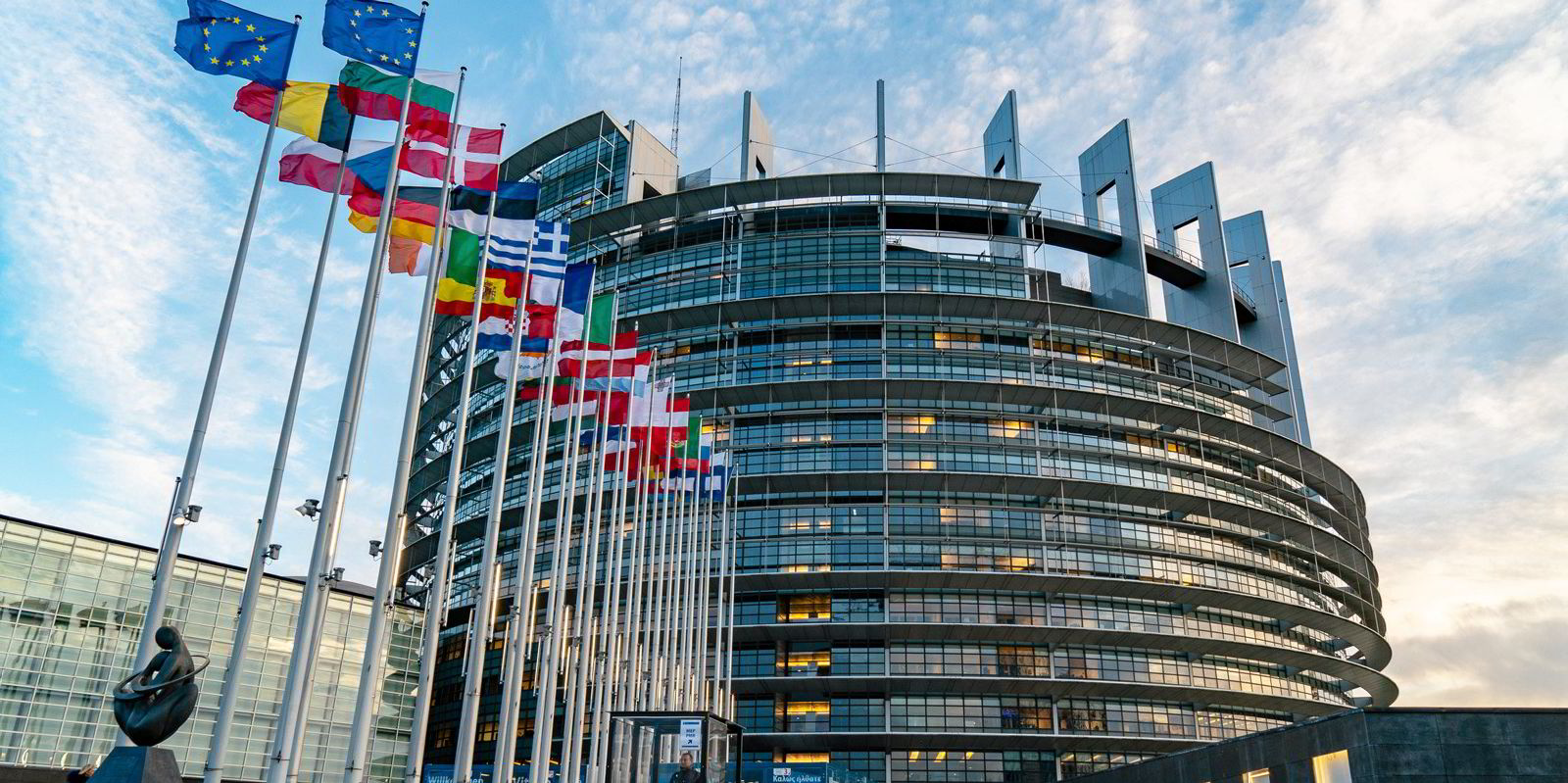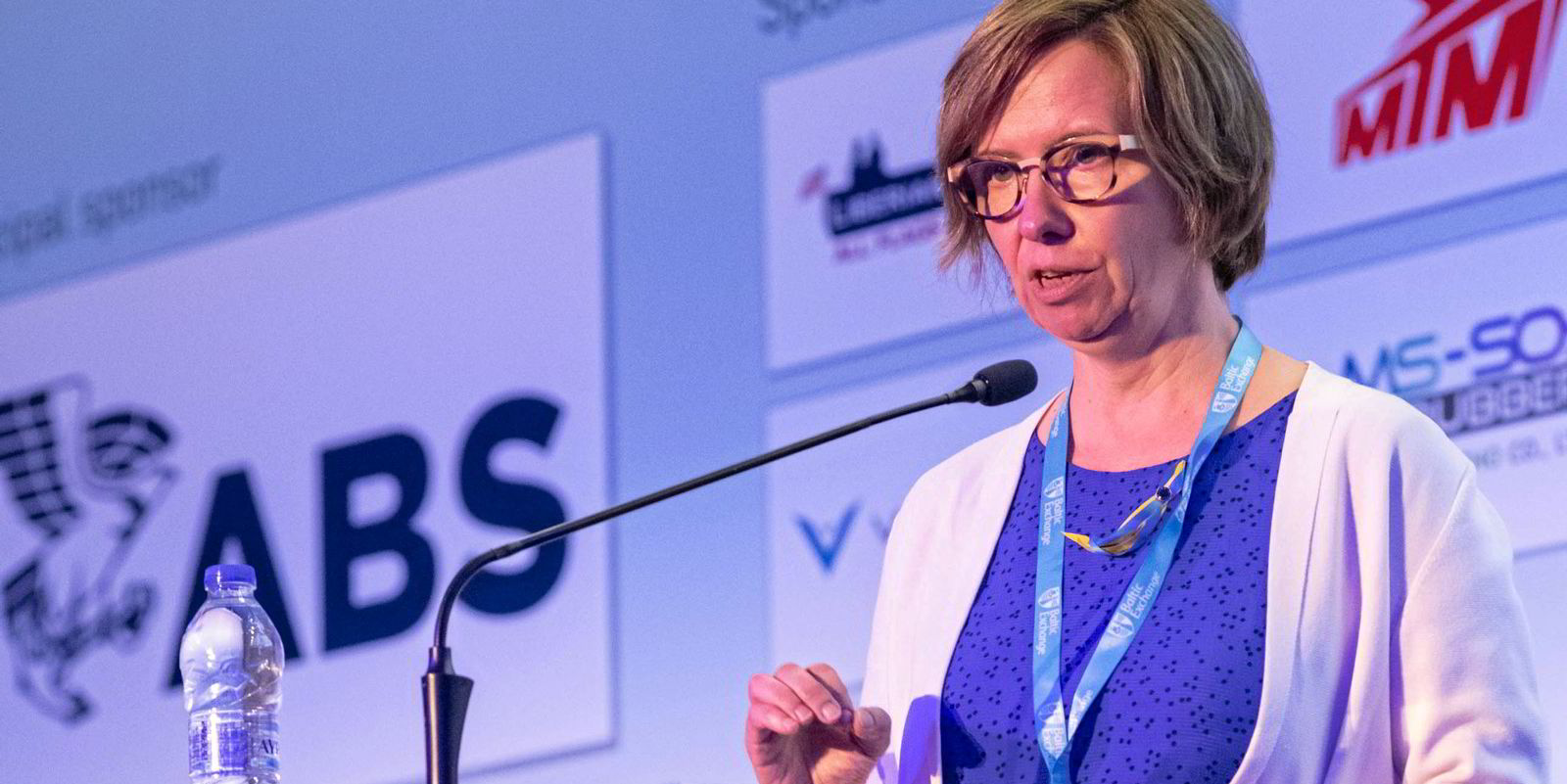In a meeting late on Tuesday, the European Union’s three major institutions agreed on how shipping’s greenhouse gases will be included in the bloc’s emissions trading system — EU ETS — from next year.
According to two sources with knowledge of the talks, negotiators from EU member states, the European Commission and the European Parliament confirmed the main parameters of the deal.
One key change from initial drafts is that emission monitoring and trading will be extended beyond CO2 to include methane and nitrous oxides as well.
Under the text agreed, the two new gases will be covered by the EU’s monitoring, reporting and quantification (EU MRV) system from 2024 and fall within the EU ETS from 2026.
Inclusion of methane and nitrous oxides had been a long-standing demand of environmental groups and some European lawmakers.
The measure will probably increase operating costs for owners of LNG-fuelled ships or older, inefficient vessels emitting higher volumes of nitrous oxides.
In another key result, a phase-in period for shipping’s inclusion into the EU ETS has been agreed upon.
According to the sources, ships’ owners and operators will have to buy in 2025 rights for 40% of verified emissions reported in 2024. In 2026, the percentage rises to 70% and from 2027, all emissions will be covered.
Those percentages, however, drop significantly for voyages between the EU and third countries.
Upholding a clause introduced in earlier stages of the negotiations and meant to avoid friction with trading partners such as China, Japan and the US, EU policymakers excluded half of the emissions from ships performing voyages between EU and non-EU destinations.
Another major feature of the scheme that negotiators opted to maintain was to make charterers and operators liable for the emissions of the ships they employ.
TradeWinds is told that provisions of a mandatory pass-through of EU ETS costs to commercial operators were tightened. EU member states are now asked to pass legislation incorporating that liability into their national laws.
Another element, that shipowners’ European lobby ECSA fought hard to secure, is that income from 20m shipping emission allowances is earmarked for shipping-related research as part of an EU-wide decarbonisation fund.
Based on current carbon prices, this would result in revenue streams of at least €1.5bn ($1.56bn) for the sector.
Shipping thus becomes the only industrial sector recouping EU ETS-related income for its own research purposes. In another exception in shipping’s favour, the EU softened territoriality criteria to make research companies eligible for funds even if they’re based outside the EU.
Whereas in all other industrial sectors the EU’s Innovation Fund is to finance breakthrough technologies only, maritime research firms will be eligible to bankroll the fine-tuning of existing decarbonisation steps as well — from retrofitting to infrastructure to new fuels.
As expected, shipping will receive no free allowances under the scheme, with their total number distributed in the first year set at about 75m.

“It’s an ambitious outcome,” commented Faig Abbasov, programme director at Transport & Environment, a Brussels-based research group.
“You can always hope for a better outcome but in the grand scheme of things this is huge — it is the first time international shipping will be subject to carbon pricing anywhere in the world,” he added.
Some additional measures make it harder to bypass the scheme. The EU draws a radius of 300 nautical miles (555 km) around its borders to include ports in third countries where cargo could be transshipped to avoid EU ETS charges.
The scope of vessels to be included has been widened as well, to include smaller ships.
General cargo ships and offshore vessels between 400 gt and 5,000 gt will be covered by EU MRV from 2025. By the end of 2026, the EC is set to present a report on whether to include them in the EU ETS as well.
Offshore vessels of more than 5,000 gt will have to buy emission rights from 2027 onward.
One reason the EU has legislated is to exert pressure on the International Maritime Organization to come up with its own carbon pricing mechanism.
Holding out the prospect of possible harmonisation with the IMO, the EU said that it will examine any possible measures adopted by the IMO and test its coherence.
The measures on shipping’s inclusion into the EU ETS agreed on Tuesday are subject to confirmation in mid-December, when EU officials are set to agree on the scheme’s overall reform covering all of Europe’s industrial sectors.
The shipping details, however, are not subject to further change.





